
| Recorded by: David George, Jeff Niznik, Jim Petranka, Becky Elkin on 2025-05-24
Richmond Co.
Comment: | 
| Recorded by: David George, Jeff Niznik, Jim Petranka, Becky Elkin on 2025-05-24
Richmond Co.
Comment: |

| Recorded by: David George, Jeff Niznik, Brian Bockhahn on 2025-05-09
Cumberland Co.
Comment: | 
| Recorded by: David George, Jeff Niznik on 2024-09-21
Chatham Co.
Comment: |
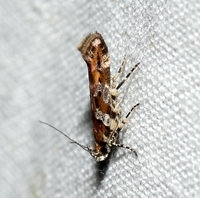
| Recorded by: David George on 2024-07-15
Chatham Co.
Comment: | 
| Recorded by: David George on 2024-07-15
Chatham Co.
Comment: |
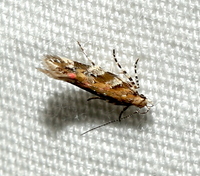
| Recorded by: David George on 2024-07-15
Chatham Co.
Comment: | 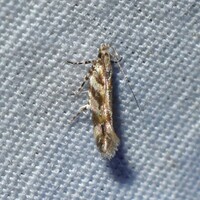
| Recorded by: David George, Jeff Niznik on 2024-07-08
Chatham Co.
Comment: |

| Recorded by: Dean Furbish, Lior S. Carlson on 2024-06-17
Lincoln Co.
Comment: | 
| Recorded by: Stephen Dunn, Jeff Niznik, David George on 2024-03-31
Orange Co.
Comment: |
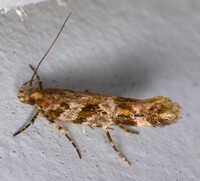
| Recorded by: Stephen Dunn, Jeff Niznik, David George on 2024-03-31
Orange Co.
Comment: | 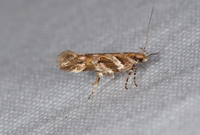
| Recorded by: Jim Petranka and Bo Sullivan on 2023-05-17
Moore Co.
Comment: |
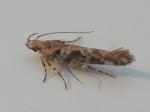
| Recorded by: R. Newman on 2023-03-06
Carteret Co.
Comment: | 
| Recorded by: John Petranka on 2022-09-26
Orange Co.
Comment: |
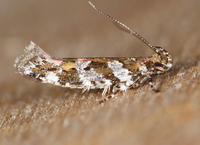
| Recorded by: Jim Petranka, Bo Sullivan, and Steve Hall on 2022-07-25
Scotland Co.
Comment: | 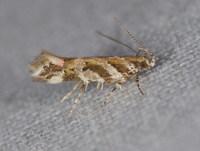
| Recorded by: Jim Petranka, Bo Sullivan, and Steve Hall on 2022-07-24
Moore Co.
Comment: |
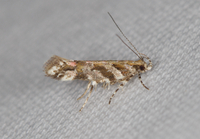
| Recorded by: Jim Petranka on 2022-05-30
Moore Co.
Comment: | 
| Recorded by: Stephen Hall on 2022-05-27
Orange Co.
Comment: |
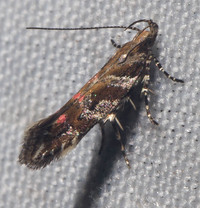
| Recorded by: Steve Hall on 2020-05-28
Orange Co.
Comment: | 
| Recorded by: Steve Hall on 2020-05-28
Orange Co.
Comment: |
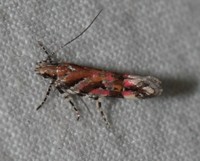
| Recorded by: Julie Tuttle on 2017-07-23
Chatham Co.
Comment: | 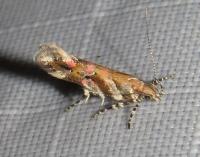
| Recorded by: Robert Gilson on 2016-07-07
Mecklenburg Co.
Comment: |

| Recorded by: Lenny Lampel on 2015-05-21
Mecklenburg Co.
Comment: |

 »
»


 »
»
